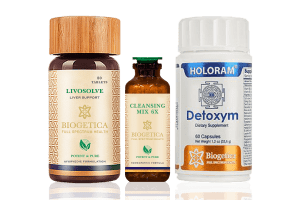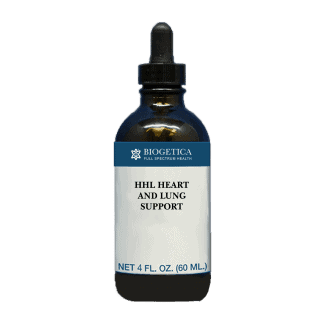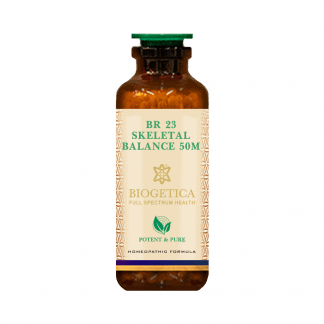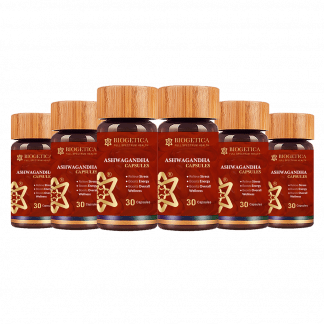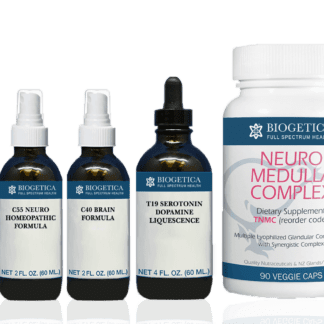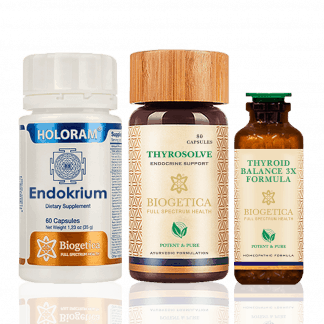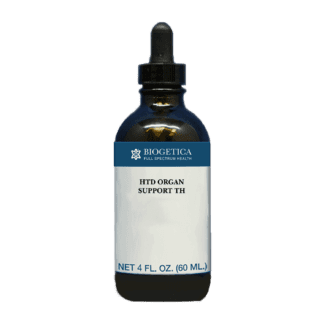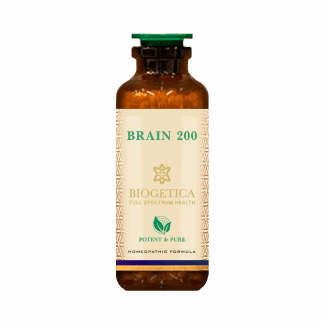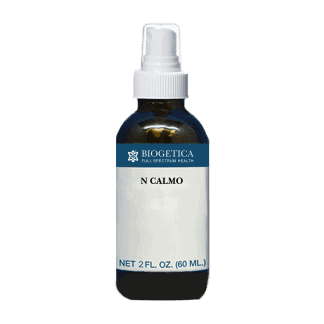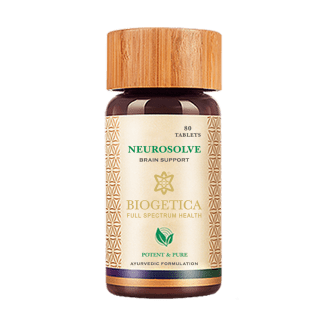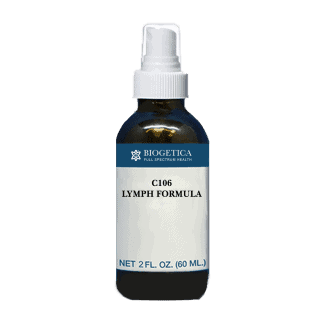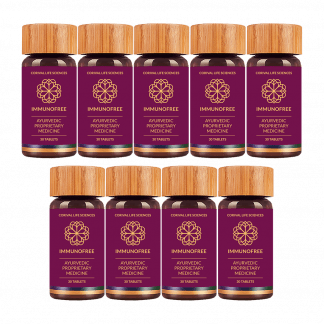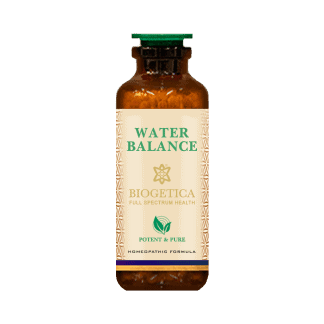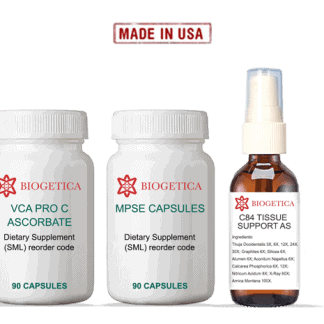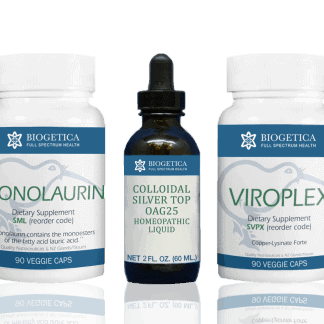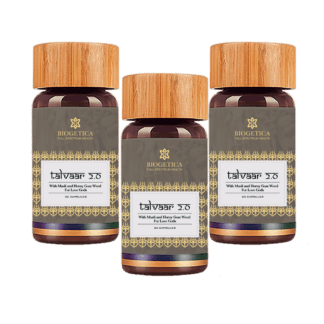Edema 2023
Edema is described as unwanted accumulation of fluid in the tissues causing swelling of the affected parts. This swelling occurs when there is an imbalance between the pressure inside blood vessels (capillaries) and the pressure in the surrounding tissues.
Edema can occur throughout the body, but it often affects the lower extremities, such as the legs, ankles, and feet. However, it can also affect other parts of the body, including the hands, arms, lungs, brain, and abdomen.
What are different types of edema?
There are different types of edema, each with its underlying causes and characteristics. Common types of edema are:
- Peripheral Edema: This is the most common type of edema and usually affects the legs, ankles, and feet. It often occurs due to fluid retention caused by factors like heart failure, kidney disease, venous insufficiency, and prolonged sitting or standing.
- Pulmonary Edema: This type of edema occurs when fluid accumulates in the lungs, making it difficult to breathe. It is often associated with conditions like congestive heart failure, pneumonia, or acute respiratory distress syndrome (ARDS).
- Cerebral Edema: Cerebral edema is the swelling of brain tissue due to the accumulation of fluid. It can result from head injuries, brain tumors, strokes, infections, and other brain-related conditions. Cerebral edema is a serious medical emergency that requires immediate medical attention.
- Macular Edema: This type of edema affects the macula, a small area in the center of the retina responsible for sharp vision. Macular edema can be a complication of conditions like diabetic retinopathy and age-related macular degeneration.
- Lymphedema: Lymphedema occurs when the lymphatic system is impaired, leading to the accumulation of lymphatic fluid in the tissues. It often causes swelling in the arms or legs and can result from surgical removal of lymph nodes, radiation therapy, or congenital issues.
- Pedal Edema: Pedal edema specifically refers to swelling in the feet and ankles. It’s often associated with fluid retention due to conditions like heart failure, kidney disease, and venous insufficiency.
- Cyclic Edema: Also known as idiopathic cyclic edema, this condition is characterized by recurrent episodes of fluid retention, typically occurring in a cyclical pattern with swelling being more prominent in the morning and resolving by evening.
- Angioedema: Angioedema is a type of edema that involves swelling beneath the skin, often affecting the face, lips, throat, or other areas. It can be caused by allergic reactions, medications, and hereditary factors. Unlike typical edema, angioedema often develops rapidly and may involve deeper layers of tissue.
- Periorbital Edema: This type of edema affects the area around the eyes, causing swelling and puffiness. It can result from various factors, including allergies, sinus infections, and kidney or thyroid problems.
- Dependent Edema: Dependent edema occurs when fluid accumulates in the lowest parts of the body due to the effects of gravity. This often leads to swelling in the lower legs and ankles after prolonged standing or sitting.
What are the different treatment options for edema?
It’s important to identify and address the root cause in order to effectively manage the condition.
Treating the underlying condition that is causing edema is crucial. Common underlying causes include heart failure, kidney disease, liver disease, venous insufficiency, and certain medications. Managing these conditions can often lead to a reduction in edema.
Medications:
Diuretics: Also known as water pills, diuretics increase urine production, helping the body eliminate excess fluid. Different types of diuretics are available, and your doctor will prescribe the appropriate one based on your condition. Taking diuretics for a long time can cause deficiency of important vitamins and minerals from the body which can lead to low bone density.
ACE Inhibitors or ARBs: These medications are often used to treat high blood pressure and heart conditions. They can help reduce fluid retention in certain cases.
Physical Therapy:
Manual Lymphatic Drainage: This specialized massage technique can help move excess fluid from the affected areas and improve lymphatic circulation.
Surgery:
Surgical Interventions: In cases of severe edema due to venous insufficiency or blockages, surgical procedures like vein stripping or angioplasty may be considered.
Preventing Infection:
Skin Care: Swollen skin can become more susceptible to infection. Proper skin hygiene and care are important to prevent complications.
Complementary and Alternative Therapies
Many studies have demonstrated the efficacy of herbal ingredients in treating natural edema.
When used as a blend, herbs such as Withania somnifera (Withania), piper longum (piper longum), and Punarnava have been traditionally thought to be effective in managing natural edema.
Herbal remedies for Edema
Withania somnifera – Studies have shown that this herb is anti-inflammatory and antioxidizing. It’s also thought to boost the immune system.
Punarnava: It is believed that this herb has a cooling, cleansing, and firming effect. It is also thought that this herb supports kidney health.
Piper Longum: It has been used as a traditional medicine. It is thought to have anti-inflammatory properties. It is used to manage a variety of health problems as it has anti-oxidative and immunomodulatory properties.
Homeopathic remedies for edema
Edema can be managed effectively with homeopathic remedies like Natrum Mur and Natrum Sulph.
Natrum Mur is a homeopathic remedy prepared with common salt. Tradition says that it counteracts the negative effects of common salt. It is thought to have an antidiuretic action without causing any side effects.
Natrum Sulph is also a homeopathic remedy believed to be effective in supporting blood vessel function and reducing swelling.
Nitric Acid: According to studies, it has anti-inflammatory properties that reduce swelling and inflammation of the legs.
Hepar-Sulph – Studies have shown that this homeopathic remedy has anti-inflammatory qualities and can help reduce inflammation.
What are the causes of Edema?
There are various causes of edema, including:
- Fluid Retention: This can be caused by conditions such as heart failure, kidney disease, and cirrhosis of the liver. In these cases, the body may have difficulty eliminating excess fluid, leading to its accumulation in the tissues.
- Inflammation: Inflammation caused by injury, infection, or certain medical conditions can lead to increased permeability of blood vessels, allowing fluid to leak into the surrounding tissues.
- Venous Insufficiency: When the veins in the legs have difficulty returning blood to the heart, fluid can pool in the lower extremities, causing edema.
- Lymphatic Obstruction: The lymphatic system is responsible for draining excess fluid from tissues. If this system is blocked or damaged, as can happen in conditions like lymphedema, fluid can accumulate and cause swelling.
- Medications: Certain medications, such as calcium channel blockers and nonsteroidal anti-inflammatory drugs (NSAIDs), can lead to fluid retention.
- Pregnancy: Hormonal changes and pressure on blood vessels due to the growing uterus can cause edema in pregnant women.
- Allergic Reactions: Severe allergic reactions can cause edema, often seen as swelling in the face and lips.
- Trauma: Injuries or burns can lead to localized edema as part of the body’s response to inflammation and healing.
If you or someone you know is experiencing significant or persistent edema, it’s important to consult a healthcare professional for proper diagnosis and management, as edema can sometimes be a symptom of an underlying serious medical condition. Consult with a biogetica doctor at
www.biogetica.com
for free.
What are the symptoms of edema?
The symptoms of edema can vary depending on the underlying cause, the location of the swelling, and its severity. Common symptoms of edema include:
- Swelling: The most noticeable symptom of edema is swelling, which can occur in various parts of the body such as the legs, feet, ankles, hands, arms, and even the face. The affected area may appear larger or puffy compared to normal.
- Skin Changes: The skin over the swollen area may appear stretched, shiny, or taut. In some cases, the skin might take on a dimpled or “pitting” appearance when pressed with a finger.
- Heaviness or Discomfort: People with edema often report a feeling of heaviness or discomfort in the swollen areas. This sensation can range from mild to more pronounced.
- Reduced Mobility: Severe edema in the legs or feet can make it difficult to move and perform regular activities due to the increased weight and bulkiness.
- Pain: In some cases, edema can lead to pain or tenderness in the swollen area. This can be caused by pressure on surrounding tissues and nerves.
- Limited Range of Motion: If joints are affected by edema, it can lead to a decreased range of motion due to the swelling’s impact on joint movement.
- Indentation: As mentioned earlier, in cases of significant edema, pressing on the swollen area with a finger may leave an indentation or “pit” that takes time to fill back in.
- Difficulty Wearing Shoes or Clothing: Swelling in the feet or legs can make it challenging to fit into shoes or wear certain clothing items comfortably.
- Breathing Difficulties: In cases where edema affects the lungs (pulmonary edema), symptoms can include shortness of breath, wheezing, coughing, and difficulty breathing, especially when lying down.
It’s important to note that edema itself is a symptom of an underlying condition rather than a specific diagnosis.
Home remedies for Edema
Here are some home remedies you could consider:
- Diet Modifications:
- Reduce Sodium Intake: High salt intake can contribute to fluid retention. Cutting back on sodium-rich foods can help reduce edema.
- Increase Potassium Intake: Foods rich in potassium, such as bananas, oranges, spinach, and sweet potatoes, can help balance sodium levels and promote fluid balance.
- Hydration:
- Drink Plenty of Water: Staying hydrated can help maintain proper fluid balance and prevent the body from holding onto excess fluid.
- Compression Garments:
- Elevate Legs: If you have leg edema, elevating your legs above heart level for periods can encourage fluid drainage.
- Compression Stockings: Graduated compression stockings can help improve circulation and prevent fluid buildup in the legs.
- Massage:
- Gentle Massage: Light massage in the direction of the heart can help improve lymphatic circulation and fluid drainage.
- Physical Activity:
- Regular Exercise: Engaging in regular physical activity can help improve circulation and reduce fluid buildup. Low-impact exercises like walking or swimming may be particularly helpful.
- Heat and Cold Therapy:
- Warm Compress: Applying a warm compress to the swollen area can help increase blood flow and promote fluid movement.
- Cold Compress: Cold packs can help reduce inflammation and provide relief from discomfort.
- Avoid Prolonged Sitting or Standing:
- Changing positions regularly can help prevent fluid from pooling in the lower extremities.
- Reduce Alcohol and Caffeine Intake:
- Alcohol and caffeine can contribute to dehydration, potentially worsening fluid retention. Reducing consumption might help.
- Weight Management:
- Maintaining a healthy weight can help reduce the pressure on veins and improve fluid circulation.
